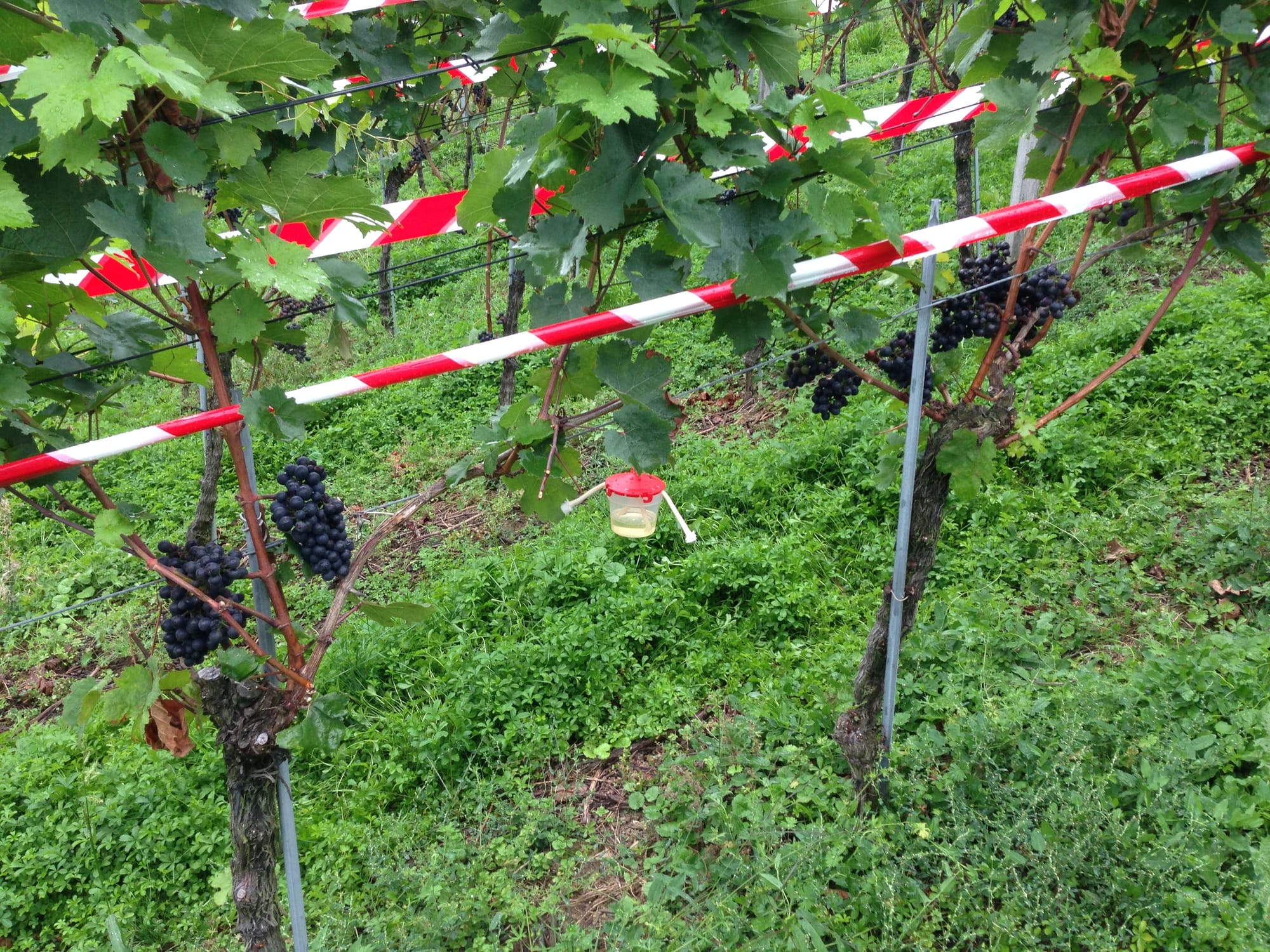Airone

Airone is a copper-based fungicide to protect crops from various fungal and bacterial diseases. Fine particles of optimal size gives it maximum contact and adhesion properties with the plant tissue.
Benefits
1) Broad-spectrum protection: Airone is effective against a wide range of fungal and bacterial diseases.
2) Resistance management: Its multi-site mode of action helps prevent pathogen resistance development.
3) Organic / Bio formulation: It is approved for use in organic farming.
4) Long-lasting effect: When properly applied, it can provide protection for up to two weeks.
Active ingredient
It is composed of two active ingredients:
a) Copper Oxychloride - imparts long-lasting fungicidal effect.
b) Copper hydroxide - Allows immediate release of Cu2+ ions.
Mode of action
Airone is a preventive, contact fungicide, that does not offer post-infection protection. It has multi-site mode of action meaning it targets fungi at various stages of their life cycle thereby reducing the risk of resistance development. In addition to its fungicidal action, Airone also exhibits bactericidal properties. FRAC classification - M1
- Inhibit fungi spore germination.
- Slow down protein biosynthesis.
- Block pathogen respiratory process.
- Interferes with cell membrane integrity.
Rainfast Period and Protection Days
Airone typically becomes rainfast within 1-2 hours after application. This means that once it has dried on plant surfaces, rainfall or irrigation won't significantly reduce its effectiveness. The protection period for Airone generally lasts between 7 to 14 days, depending on environmental conditions and disease pressure.
Applicable crops & diseases
The fungicidal & bactericidal activity of this copper chemical makes it particularly effective against common diseases like powdery mildew, downy mildew, curl disease, late blight and brown rot, red burner and scab occurring in different crops like vines, apple, stone fruit, potatoes, aubergine, tomatoes, carrots, celeriac, celery, cabbage, fodder and sugar beet.

Effect on non-target organisms
Another unique defining feature of Airone is its non-selective action which makes its particularly useful as a broad-spectrum fungicide & prevents fungal resistance. However, this does not rule out the possibility of Airone generating phytotoxicity upon entering inside plants. Still, owing to its low impact on non-target organisms, Airone is considered safe for use in organic farming making it an excellent eco-friendly choice of plant protection product.
Disadvantages
Phytotoxicity risk: If applied incorrectly or in high concentrations, copper can cause plant damage, especially in sensitive crops.
Environmental concerns: Repeated use can lead to copper accumulation in soils, potentially affecting soil health and non-target organisms.
Weather limitations: Heavy rainfall can reduce its effectiveness, necessitating reapplication. Users are advised to take help of weather forecasts to schdule the spray time
Residue concerns: Copper residues on harvested crops may be a concern for some markets, requiring adherence to pre-harvest intervals, users are advised to follow the rules of applications.
Airone's broad-spectrum activity makes it a versatile tool for disease management in many agricultural settings. However, please note that the effectiveness varies depending on factors such as application timing, disease pressure, and environmental conditions. Always follow the product label instructions and local agricultural guidelines for optimal results.
Airone is a product from Andermatt Biocontrol Suisse AG; Licence Number: W-7035.
Please visit the manufacturer link to know more about the product: https://www.biocontrol.ch/de-ch/airone--p23646?variant=27750
Disclaimer
The information in this blog post is for educational purposes only and is based on current research and expert opinion. While we strive for accuracy, we make no guarantees regarding the completeness or reliability of the information. Users should consult a qualified agricultural professional before applying any fungicide or implementing crop management practices, as effectiveness may vary based on specific conditions. The authors and publishers accept no liability for any loss or damage resulting from the use of this information. Please ensure compliance with local and/or country laws and regulations regarding pesticide use.
